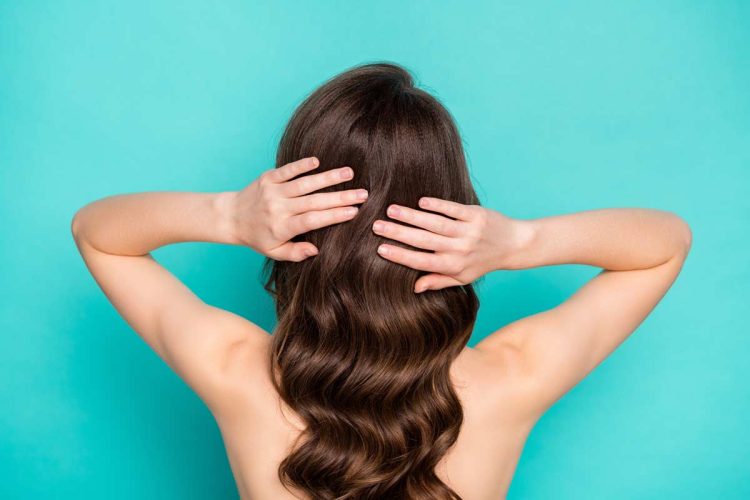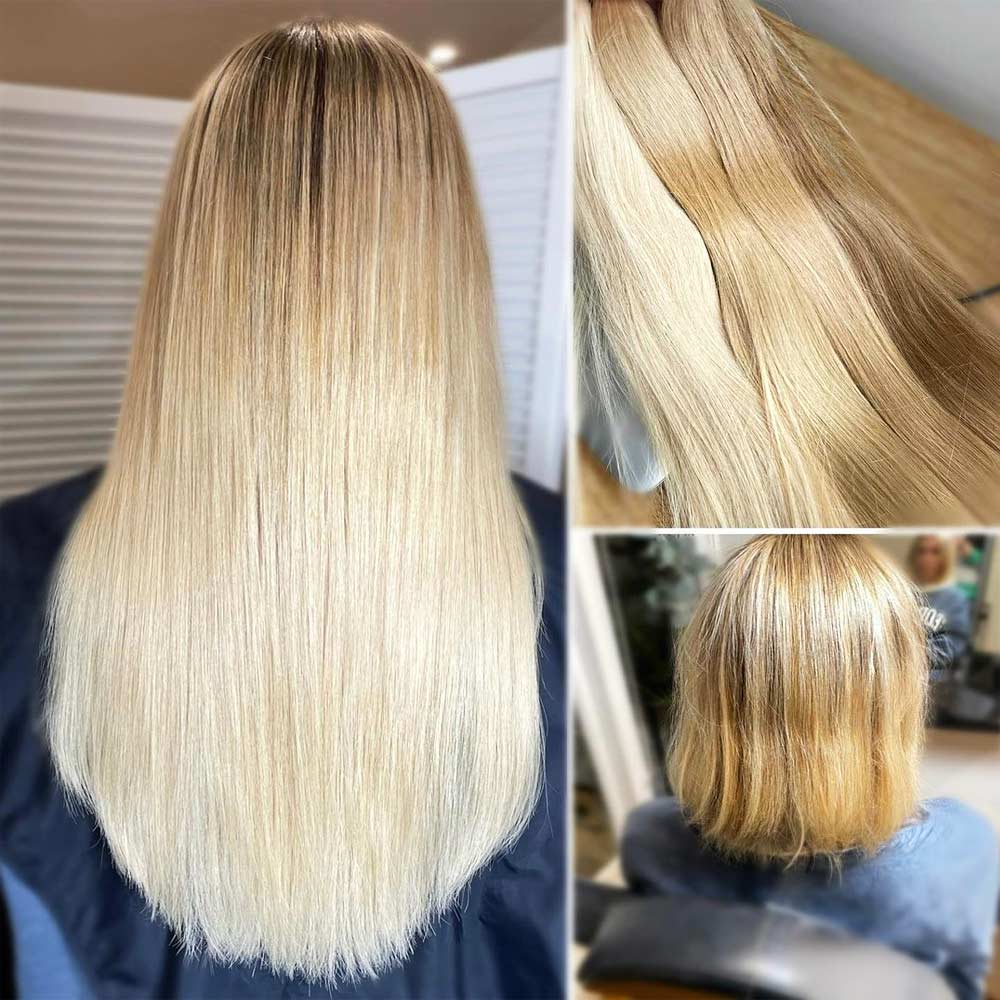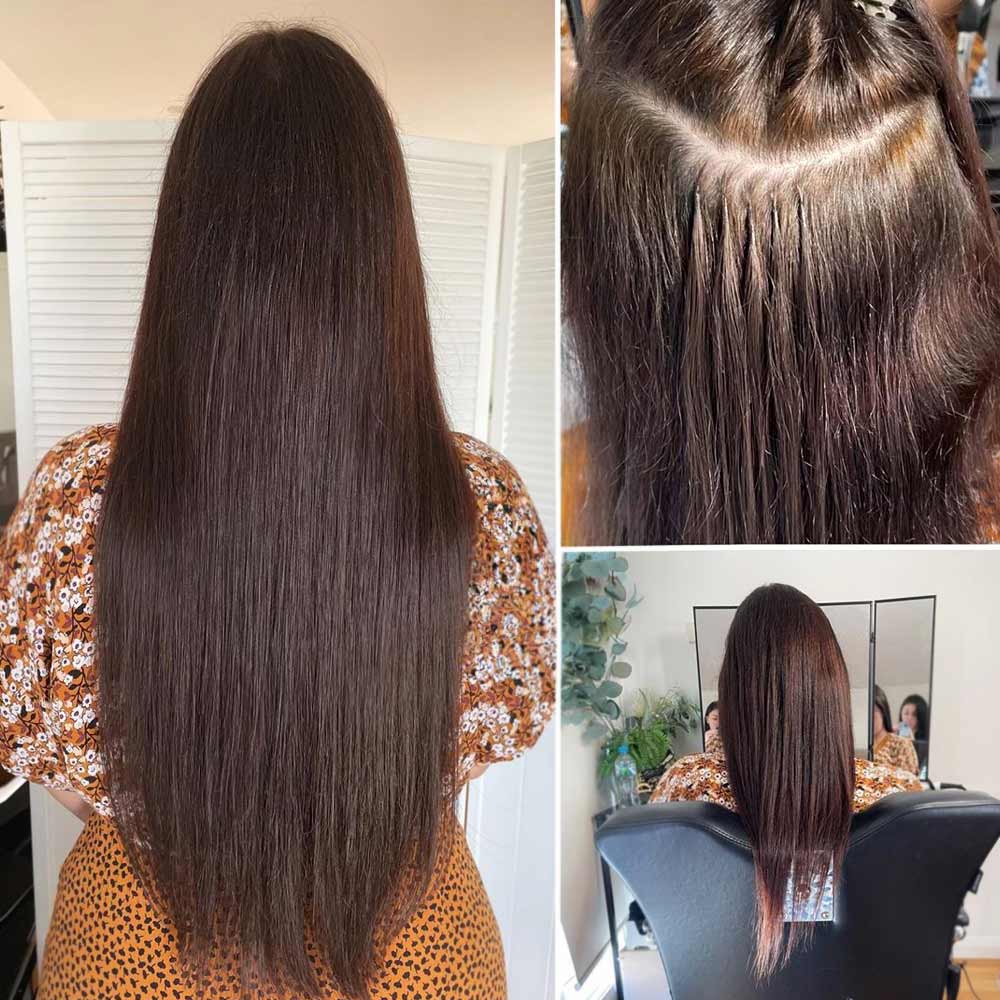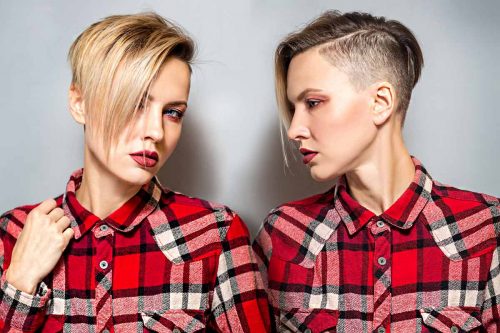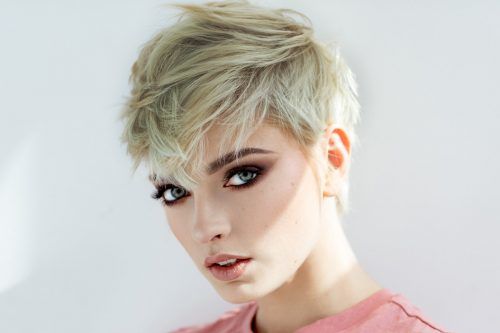Proper care of hair extensions is essential to keep them looking vibrant and to protect the health of your natural hair. Without appropriate hair extension maintenance, hair can quickly become tangled and damaged, compromising extension appearance and longevity. To ensure your extensions stay in top condition, our team consulted Natalia Ulitsky, a hair extensions specialist with over 8 years of experience.
*We may earn money from affiliate links on this page. Please check out our disclosure policy for more details.QUICK NAVIGATION
- Daily Care Tips: How to Wash Hair Extensions
- Drying Hair Extensions
- How to Protect Your Hair Extensions while Sleepin
- Preventing Common Problems
Why Hair Extensions Are Widely Favored Today?
Hair extensions is a service that makes life easier for people, adding confidence and comfort, or simply a touch of brightness:
For some, it is a temporary life hack during the period of recovery of their own hair (after mechanical, chemical, and other types of damage);
Others wish to temporarily change their look, or add bright strands without colouring;
Some aim to conceal a particular feature that unfortunately cannot be changed with treatment (like alopecia, genetic hair loss, etc.).
And although it may be an unpopular opinion, I have my own philosophy where safety comes first, followed by beauty. Only under such conditions can we avoid damaging the hair and allow it to recover when possible! However, the preservation and restoration of hair during and after extensions are influenced not only by the quality of the work performed by the specialist but also by proper home care.
That is what we are going to talk about today.
Types of Extensions and Their Care Needs
Though I specialize exclusively in keratin bonds (hot fusion) hair extensions, I am well-versed in the care of any type of hair extensions. Below, I will highlight the most popular ones:
Hot fusion (extensions with keratin bonds);
Spanish techniques (glue-in extensions);
German method (tape-in extensions);
Japanese method (attachments using metal-ceramic clamps);
French method (sewing hair onto braids);
Hollywood method (sewing hair onto metal-ceramic clamps);
African method (weaving hair into braids).
Each type of extension comes with unique hair extension maintenance requirements. For instance, metal-ceramic clamps can heat up from a hairdryer. Glue can be destroyed by the chemical components in hair care products. When hair is sewn in or braided, the roots are harder to wash, so a scrub or scalp peel might be necessary. Keratin bonds can harden from some hair products like purple shampoo, bleach (making hair removal difficult, especially if your hair is brittle).
Additionally, tangling, matting, dandruff, and slipping of capsules can occur. Proper care affects all these nuances.
Daily Care Tips: How to Wash Hair Extensions
Every hair wash should begin with preparation. Yes, that’s right! Before every wash, make sure to thoroughly brush your hair. Go through each strand with your fingers to ensure there are no tangles or mats.
I recommend using a special hair extensions brushes with bristles. Never be harsh with your hair, gently comb through each strand starting from the bottom.
Expert Advice: Regular combing makes it easier to avoid tangles.
Choosing the Right Washing Products is Crucial
At a minimum, you should use a shampoo plus conditioner or hair mask combo. I advise using gentle products because they don’t contain chemical compounds that could break down the bonds. I also suggest avoiding keratin-based products as they may lead to the slipping of the bonds.
The only downside of sulfate-free shampoos is that they might not perfectly clean your roots. That's why I recommend using a scalp scrub and peel (actually, I advise everyone to use these, as our scalps often accumulate dirt and silicones).
Washing Hair Extensions Process
Begin the washing process. The water temperature should be warm or cool. Our scalp is very sensitive. Hot water dries out the scalp and makes hair brittle, while cold water doesn't cleanse as effectively.
Expert Advice: If you're using a scalp scrub or peel, apply it to the roots in sections at least 30 minutes before washing.
Shampoo should only be applied to the scalp. Never apply shampoo directly to the length of your hair. Evenly distribute the shampoo to each section and lather with massaging movements. Always lather the shampoo in your hands first, then apply it to the roots. [Check the full guide on How to Wash Your Hair Properly]
Work through each section, and rinse the foam from top to bottom, allowing it to flow down the length of the hair. There’s no need to rub the extension area, just the scalp. Repeat the process. Always shampoo twice. Rinse the shampoo out thoroughly.
Using Conditioner and Hair Mask
Do not wring the hair too vigorously before applying conditioner or a mask. Moisture helps the product penetrate the fibers and distribute evenly. It also facilitates easier detangling in the future. Apply the product exclusively to the length and ends of the hair, at least 5cm away from the bonds. You can comb through with a wide-tooth comb or brush. Leave the product in the hair for at least 5 minutes. Then rinse thoroughly under running water from top to bottom.
Drying Hair Extensions
by @natalia_ulitskyGently blot your hair with a towel to remove excess moisture. Never rub your hair with a towel; this can damage and tangle it. Do not leave the towel on for more than a minute. Towels can quickly absorb moisture and dry out the hair excessively.
Expert Advice: Microfiber towels are considered the best for hair.
The myth that air drying is better than blow-drying has long been debunked. During natural drying, the hair cuticle does not close completely, which can lead to potential over-drying and damage, as well as split ends.
Also, if you have weak roots, wet hair is an additional burden as it weighs down the hair follicles until they are fully dry. Therefore, start blow-drying immediately or let your hair dry slightly, but not completely.
Blow-Drying Hair Extensions Rules:
Before blow-drying, always apply a heat protectant serum or spray. I recommend a spray because it’s easy to distribute evenly along the entire length of the hair.
It’s best to use a blow dryer on a low or medium heat setting. This will prevent over-drying and overheating of the scalp and hair (as well as the bonds).
At a distance of 15cm, evenly dry all hair from top to bottom, helping with your fingers.
Then you can comb through the hair and divide it into sections. Dry each section, assisting with a hairbrush. The brush should be plastic with holes inside to allow air to pass through it.
Keep the blow dryer at a distance to avoid heating the brush and hair too much.
Styling Tools and Heat
If you are setting your hairstyle with a curling iron or straightener, you can apply a bit of oil or some more heat protectant to maintain moisture. However, the hair should not be wet. Wet hair, when in contact with styling tools, will suffer even more damage.
Opt for lower heat settings on your styling tools—extensions, especially those made of synthetic materials, can be more vulnerable to heat than natural hair. Ceramic and tourmaline tools are preferable as they distribute heat more evenly, reducing the risk of overheating any single area. When curling or straightening, work in sections and gently glide the tool through the hair without lingering too long in one spot. Remember, while styling options are vast, minimizing heat exposure and using the right protective products can extend the life of your extensions and keep them looking their best.
How to Protect Your Hair Extensions while Sleeping
Protecting your hair extensions while you sleep is key to prolonging their life and keeping them looking fresh. Here are some effective tips:
Loose Braids or Ponytails: Tie your hair in a loose braid or ponytail to prevent tangling and matting. This reduces friction and helps maintain the hairstyle.
Silk or Satin Pillowcases: Switch to silk or satin pillowcases. Their smooth surface reduces friction, preventing damage and frizz in your extensions.
Wrap Your Hair: Consider wrapping your hair in a silk scarf or using a silk bonnet. This extra layer of protection minimizes breakage and keeps your extensions neat.
Avoid Sleeping with Wet Hair: Going to bed with wet hair extensions can cause tangles and matting. Ensure your hair is completely dry before heading to bed.
Use a Leave-in Conditioner: Applying a light leave-in conditioner can keep the extensions moisturized and easy to manage, reducing the risk of tangling.
By following these simple steps, recommended by our team and validated by hair care professionals, you can significantly extend the lifespan of your hair extensions and maintain their appearance.
Preventing Common Problems
by @natalia_ulitskyTop thoughts from stylist Natalia Ulitsky, to ensure your extensions remain in pristine condition as long as possible:
With any type of hair extensions, I advise avoiding tight hairstyles. If it's for an event, choose optimal options (light styling, braids, buns) or let your hair down immediately after the occasion.
Make it a habit to gently go through the bonds with your fingers every evening to detect any tangling. Carefully untangle them as needed.
If you plan to swim in a pool or the ocean, it's better not to wet your hair. If it does get wet, let your hair down and rinse it under running water at the beach to wash out salt and chlorine to prevent over-drying.
During hot periods of the year, do not neglect to wear scarves or hats (especially if you have metal attachments or glue-in bonds). For long trips, consider carrying some oil with you to moisturize the ends throughout the day.
If you're caught in strong winds or are going on roller coasters, jeep rides, or anything where your hair might get tangled - tie it into a loose braid or a low ponytail. This will help prevent tangling (or even the detachment of strands)."
Finally, pay attention to your diet, regularly check for vitamin deficiencies, and maintain a proper hydration level. All these factors affect the quality of your hair, its strength, and fullness.
Only colour your hair with trusted professionals (preferably before getting extensions), and minimize thermal styling (except for the hairdryer, which we keep). Such simple advice will help you avoid hair damage and loss and ensure its healthy appearance.
Don't hesitate to consult with your stylist. After all, it's part of their job (at least, that's my philosophy).
Conclusion:
It’s important to do hair extension maintenance on time because:
As your hair grows, it can lead to more frequent tangling;
This can strain hair follicles, leading to hair loss;
The natural hair that sheds (which is typically 50-120 hairs per day) remains in the bonds and can cause discomfort.
Wash your hair as needed. If you have an oily scalp, simply choose products suitable for daily use. Tight ponytails, buns, and braids that we love to use to hide the lack of freshness in our hair are much worse than washing it daily. They can pull at our hair and lead to breakage.
Choose pillowcases made of soft fabrics to avoid damage from excessive friction against the hair. Before going to bed, you can tie your hair in a loose braid to prevent tangling.
Always brush your hair in the morning and evening.
Never go to sleep with a wet hair.
Each type of hair extension has its own schedule for adjustments. For micro keratin bonds extensions, it’s every 2.5 to 3 months.
With this approach, no hair extension will seem frightening or overly complicated, even in the toughest situations.
Was this article helpful?



